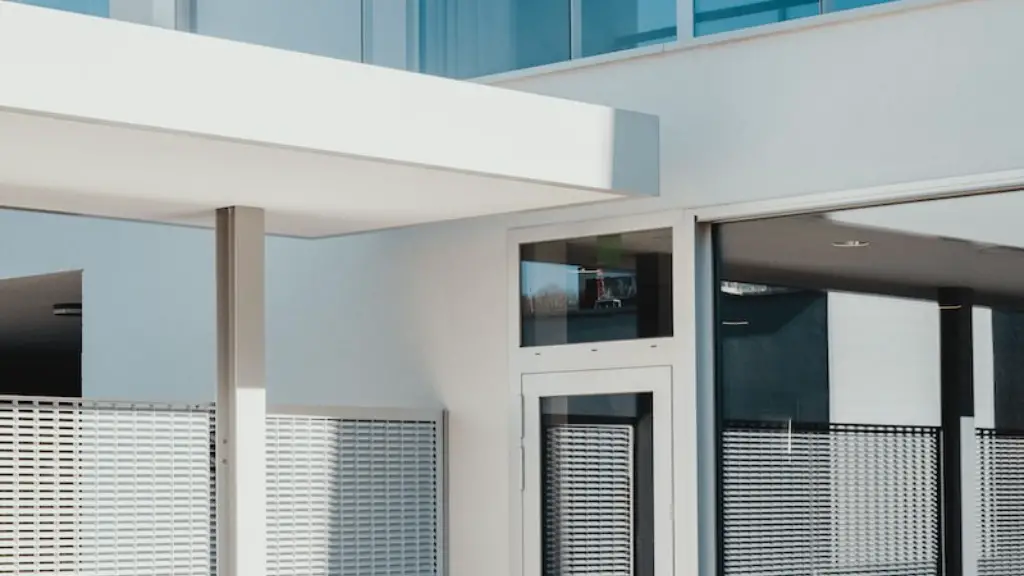High availability architecture is a system design that incorporates multiple hardware and software components in order to provide continued service in the event of a component failure. The term “high availability” is often used in reference to systems that are mission-critical, such as those used in healthcare or finance, where even a brief outage can have significant consequences.
The term high availability architecture can refer to a number of different things, but generally it refers to a system or structure that is designed to remain operational for long periods of time, or to recover quickly from disruptions. This can include everything from physical infrastructure (such as backup power supplies) to software design (such as fail-over mechanisms).
What is meant by high availability?
High availability is the key to ensuring continuous operation for mission critical applications. By eliminating single points of failure, high availability systems can tolerate the failure of any single component without affecting the availability of the entire system. High availability systems are typically designed to meet or exceed 99.999% uptime, which is equivalent to less than 5 minutes of downtime per year.
High availability in cloud computing is a system that is designed to keep a system running, even when some components fail. This is done by using redundant components, which can take over if the primary component fails. This ensures that the system can continue to function, even when there is a failure.
How do you get high availability in architecture
High availability is a key concern for any organization that relies on its website or application to generate revenue. Downtime means lost customers and lost revenue, so it is critical to have a plan in place to minimize or eliminate downtime in the event of a failure.
There are a number of different strategies that can be used to achieve high availability, and the right solution will depend on the specific needs of the organization. Some of the key resources that can be used to make high availability possible include:
-Implementing multiple application servers: This ensures that if one server goes down, there is another one that can pick up the slack.
-Scaling and slaves matters: Having a scalable architecture in place will allow the system to handle increased traffic in the event of a failure. Additionally, having slave servers can help to keep the system running in the event of a failure of the primary server.
-Spread out physically: Downtime can often be caused by problems with the physical infrastructure, so it is important to have redundant systems in place in different locations. This way, if one system goes down, the others can pick up the slack.
-Maintain a recurring online backup system: This will ensure that there is always a
High availability is essential for hospitals and data centers to be able to perform their daily tasks. Unscheduled downtime can severely impact these operations and cause significant disruptions. To avoid this, it is important to have robust systems in place that can withstand any potential problems.
Which are three 3 characteristics of a highly available system?
When designing HA systems, it is important to ensure high availability by avoiding single points of failure, building redundancy into the system, and making sure failures can be detected quickly. This will help keep the system running smoothly and avoid any major disruptions.
There are a few key strategies that can be used to maintain high availability:
1. Redundancy: This involves having duplicate components in case of failure.
2. Failover: This is a process of automatically switching to a backup component in case of failure.
3. Clustering: This is a technique that allows for distributing workloads across multiple servers to improve performance and availability.
4. Database Logging: This is a process of keeping track of all database activity which can help identify potential issues and help with troubleshooting in case of problems.
What is high availability in AWS?
High availability software solutions are important for businesses that want to move to Amazon Web Services (AWS). These solutions offer data protection for all legacy file data, as well as reliable performance with minimal downtime and costs. businesses can rely on these solutions to keep their data safe and secure while making the transition to AWS.
HA architecture is a great way to keep your systems up and running in the event of unforeseen circumstances. With HA architecture, you can use multiple components to ensure continuous and responsive service. This is a great way to keep your users happy and keep your business running smoothly.
What is the difference between availability and high availability
Availability is a key metric for any system, and high availability is often a requirement for mission critical systems. There are two aspects to availability: uptime and responsiveness. Uptime is a measure of how much time a system is available for use, while responsiveness is a measure of how quickly the system can respond to user requests.
Systems that are designed for high availability need to be able to maintain a high level of performance even when faced with unexpected events or workloads. This usually requires redundancy and failover capabilities, as well as careful attention to system design and performance tuning.
HA monitors whether sufficient resources are available in the cluster at all times in order to be able to restart virtual machines on different physical host machines in the event of host failure. This helps to ensure that your applications and data are always available and protected.
What is high availability strategy?
There are two key strategies for increasing the availability of a system: high availability and disaster recovery.
High availability deals with handling hardware or software malfunctions transparently to users. This can be done through features like redundant components and failover mechanisms.
Disaster recovery deals with situations that the high availability strategy was unable to handle and when the system needs to be recovered after a disaster. This usually involves having a backup of the system that can be used to restore it to a working state.
Businesses that require high availability must deploy additional fail-safe measures and have a larger investment in IT in order to minimizing the risk of business downtime. This may include extra redundancies for business components, as well as a larger staff dedicated to maintaining optimal conditions. All of this is to ensure that any interruption in service is kept to a minimum.
What are the benefits of high availability
High availability is a term used to describe a system or component that is continuously operational for a long period of time. The term is often used in reference to computer systems, such as servers, which are required to be running constantly to maintain business operations.
There are a number of ways to achieve high availability, including using multiple redundant components, distributing resources across multiple locations, and creating hot standby backups. Using multiple redundant components is the most common approach, as it is generally the most cost-effective. This involves having two or more identical components that can take over if the primary component fails.
There are a number of factors that need to be considered when designing a high availability system, including the cost of components and implementation, the probability of failure, and the potential impact of downtime. Downtime can have a significant financial impact on a business, so it is important to design a system that can minimize this risk.
JBoss Messaging provides high availability by replicating servers in pairs. This allows for failover in the event of server failure, so client applications can continue to operate.
What is the difference between HA and redundancy?
High availability (HA) and redundancy are two important concepts in protecting data and applications from failure. Both involve having extra capacity in place to take over in case of a failure, but there are important differences between the two.
HA includes the implementation of automatic failover in case of a failure, so that the system can keep running with no downtime. Redundancy, on the other hand, refers to having extra capacity in place to take over in case of a failure, but there is no automatic failover. This means that if a failure occurs, someone must manually intervene to switch to the redundant capacity.
In general, HA is more expensive and complex to implement than redundancy, but it offers a higher level of protection against downtime. For applications that require high uptime levels, HA is often the best option.
High availability is a key characteristic of any modern infrastructure. It ensures that the system is always available and can handle any unexpected failures. To achieve high availability, the system must be designed to be fault-tolerant and highly dependable. It must also be able to operate continuously without intervention, or have a single point of failure.
Warp Up
High availability architecture is a type of architecture designed to keep a system running smoothly and with little downtime. There are many different components that go into making a system highly available, including redundant hardware, automatic failover mechanisms, and consistent monitoring.
A high availability architecture is an enterprise-level IT infrastructure that is designed to minimize downtime and maximize uptime. A high availability architecture typically includes redundant components, such as servers, storage devices, and networking equipment, that can quickly and transparently take over the workload of a failed component.





